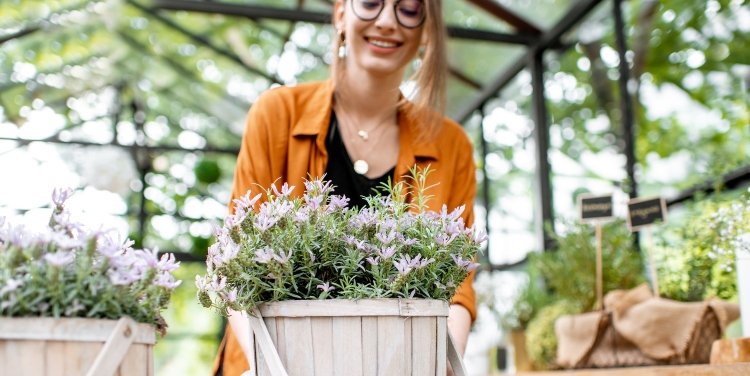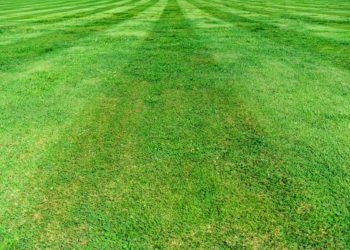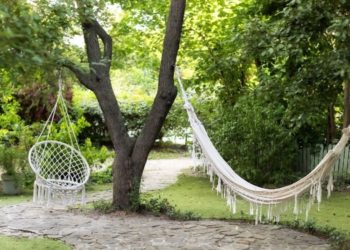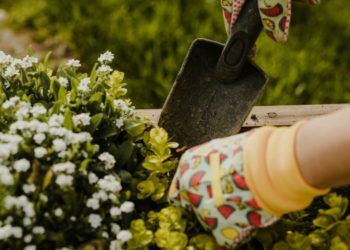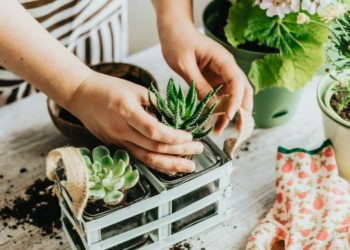As summer rolls into the UK, our gardens and outdoor spaces become the place to be – a private oasis where we can unwind, entertain, and enjoy the sunshine. But are you making the most out of your garden this summer? Here are some expert tips on how you can take your garden experience to a whole new level.
The Joy of Cultivating Your Food
The satisfaction of biting into a fresh salad with crisp lettuce and juicy tomatoes that you’ve grown yourself is unparalleled. Planting a vegetable patch or a mini fruit orchard is a rewarding endeavour that yields tasty rewards. All you need is a sunny spot and some good-quality compost to get started.
For beginners, easy-to-grow vegetables like lettuce, radish, or runner beans are a good starting point. For those with limited space, container gardening is a practical solution – tomatoes, chillies, herbs, and even potatoes can thrive in pots.
Growing your food isn’t just about fresh produce. It’s about fostering a closer connection with nature, understanding where our food comes from, and instilling a sense of responsibility, especially in young ones. Plus, nothing beats the sense of achievement when you harvest your first crop!
The Instant Appeal of Lush and Green Turf
A green lawn is the epitome of a classic British garden, a perfect space for children to play, pets to frolic, and adults to soak up the sun. If your lawn is looking a bit patchy after the long winter or if you want to create a new lawn, buying turf online is an efficient and straightforward solution.
Choosing to buy turf online has multiple benefits – you can research the best type of turf for your garden conditions, compare prices and quality, and have it conveniently delivered to your doorstep. Opt for a hard-wearing turf if your lawn sees a lot of activity or shade-tolerant turf for those darker corners of your garden.
Before the turf arrives, prepare your ground by removing weeds, rocks, and other debris, then level and firm the soil with a rake. Once laid, give your new lawn a generous watering and keep foot traffic to a minimum for a few weeks.
Creating Zones in Your Garden
Creating distinct zones in your garden can help make the space feel larger and more functional. Start by identifying how you want to use your garden. Is it a peaceful sanctuary for rest and relaxation? A lively playground for your kids? Or perhaps it’s a venue for dining al fresco and hosting summer parties. Once you’ve identified your needs, you can start planning your zones accordingly.
For instance, you could have a serene corner furnished with comfortable garden seating, surrounded by fragrant flowers and a decorative screen for privacy. This could be your go-to spot for reading, meditation, or simply soaking in the beauty of nature.
If you have children, setting aside a section for play is a great idea. It could be a patch of lawn for running around, a sandpit, a swing set, or even a treehouse. Not only will this keep the kids entertained, but it also helps protect other areas of the garden from the wear and tear of energetic play.
For those who love to entertain, an outdoor dining area is a must. Consider building a patio or decking and add a barbecue grill, a pizza oven, or even a fully-equipped outdoor kitchen if space and budget allow. Invest in good-quality, weatherproof furniture for comfort and durability. You could also add an outdoor heater or a fire pit to keep the area cosy on cooler nights.
Attracting Wildlife
Inviting wildlife into your garden adds another dimension of interest and pleasure. Bird feeders or bird tables are an easy way to attract a variety of birds. Choose different types of food such as seeds, nuts, and fat balls to attract different species.
Adding a pond, no matter how small, can attract frogs, toads, and newts, and also provide a water source for birds and insects. Be sure to include a mix of shallow and deep areas and a way for creatures to get in and out.
Planting flowers that attract bees and butterflies can help support these important pollinators. Lavender, foxgloves, and buddleia are all excellent choices.
Creating Visual Interest
Introducing a mix of different plants can create a garden that’s full of life and interest throughout the year. Perennial plants return year after year, while annuals can provide a burst of colour in a specific season.
Try to create contrasts in texture by mixing different types of plants – pair finely-textured plants like ornamental grasses or ferns with plants that have larger, bolder leaves. Consider also the colour and shape of the leaves, not just the flowers.
If space allows, adding height with a tree or a pergola can create a focal point and a sense of scale. Even in a small garden, a slender tree or a tall sculpture can draw the eye upwards and make the space feel larger.
Finally, don’t forget about the non-living elements of your garden – things like paving, walls, fences, pots, and garden ornaments. These can provide structure and continuity and are particularly important in the winter months when many plants are dormant.
David Prior
David Prior is the editor of Today News, responsible for the overall editorial strategy. He is an NCTJ-qualified journalist with over 20 years’ experience, and is also editor of the award-winning hyperlocal news title Altrincham Today. His LinkedIn profile is here.






















































